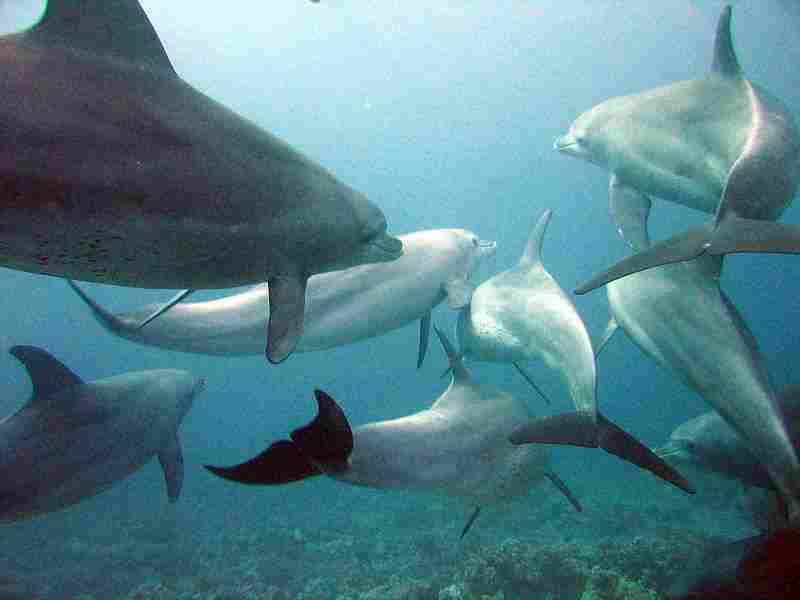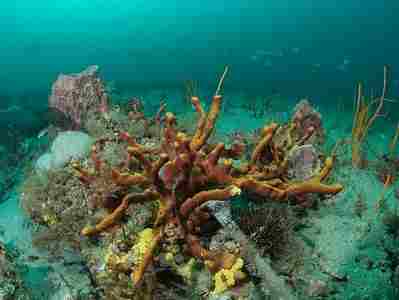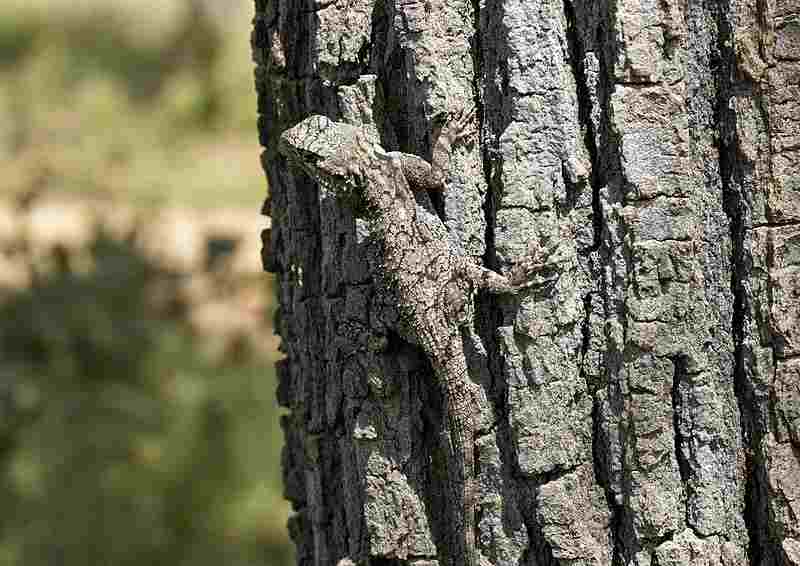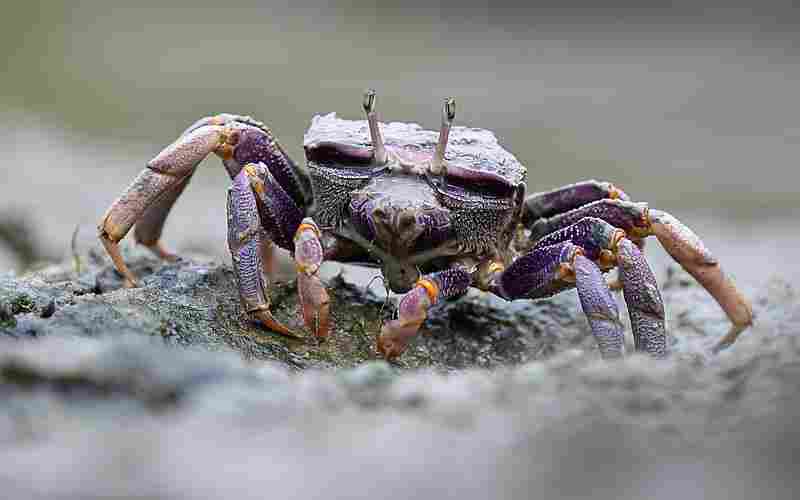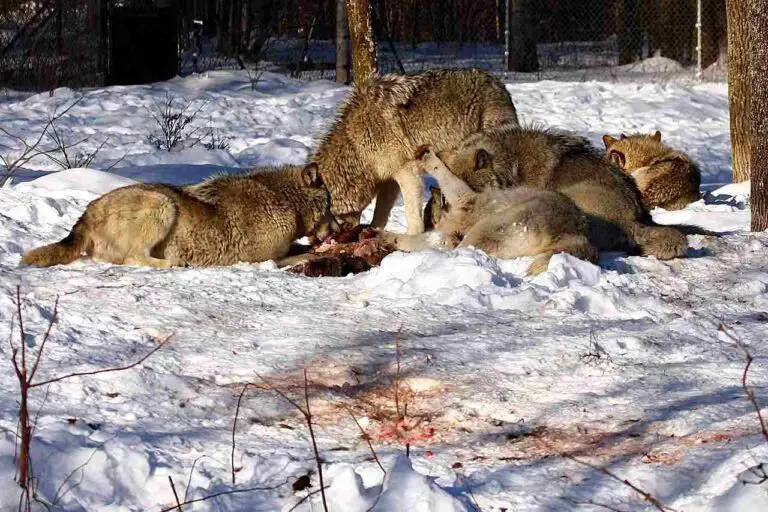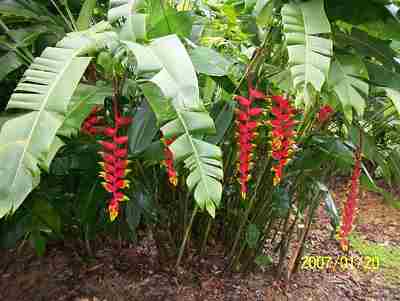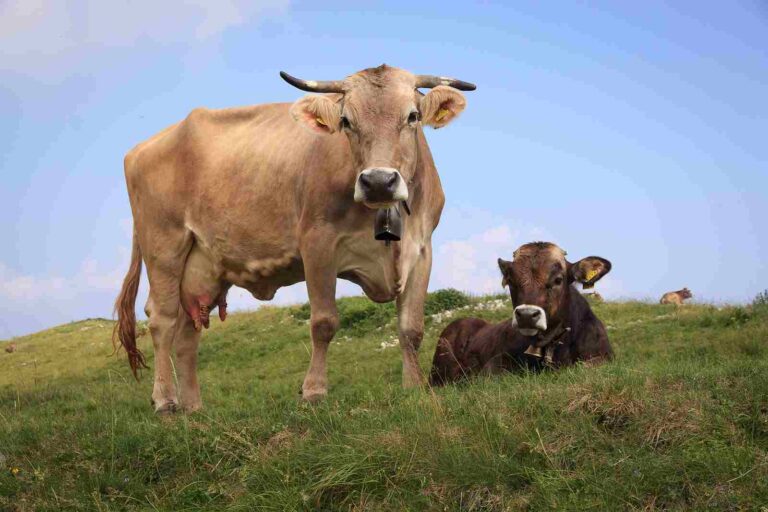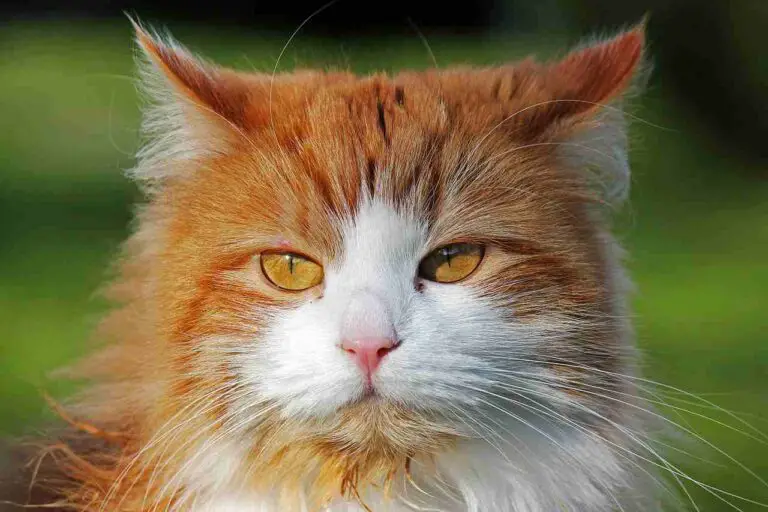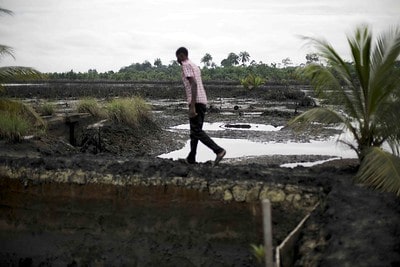5+ Intertidal Zone Biotic Factors and Their Functions
Intertidal zone biotic factors are; producers, herbivores, carnivores, omnivores, decomposers; as well as trophic interactions and processes like; herbivory, predation, decomposition, and symbiosis.
This article discusses intertidal zone biotic factors and their functions, as follows;
1). Producers in the Intertidal Zone (as one of the Intertidal Zone Biotic Factors)
The intertidal zone, which can be described as a region where the land meets the sea, plays host to a dynamic array of organisms that must adapt to the continuous trend of tidal ebb and flow, in order to survive.
Among these inhabitants are the producers, which are mainly represented by phytoplankton and seaweeds, that play pivotal roles within this ecosystem. The functions and significance of producers as biotic factors in the intertidal zone, are discussed in the subsections below, alongside an overview of intertidal consumers.
Functions of Intertidal Zone Producers
Functions of producers in the intertidal zone include; primary production, nutrient cycling, habitat formation, oxygen production, food provision, and energy transfer.
Both phytoplankton and seaweeds like kelps are autotrophic organisms, meaning they are capable of carrying out photosynthesis [10]. These organisms harness solar energy in the form of light, using it to facilitate the conversion of carbon dioxide and water into organic compounds (biomass), primarily sugars like glucose. This process, referred to as primary production, constitutes the foundation of the intertidal food web.
Producers contribute to the recycling of nutrients, by absorbing essential elements such as nitrogen, sulfur and phosphorus from the surrounding water. As they grow, metabolize and reproduce, producers assimilate these nutrients, so that they become available for other organisms (starting from herbivores) in the ecosystem.
Seaweeds, in particular, serve as substrate and organic shelter for a myriad of intertidal species. Their physical structure creates microhabitats where various organisms can attach, forage, and seek refuge [3].

Through the process of photosynthesis, producers support the aquatic oxygen cycle, by releasing oxygen into the water, thereby contributing to dissolved oxygen reserves. This photosynthetic oxygen is vital for the respiration of both aquatic and terrestrial organisms living in the intertidal zone.
Seaweeds and phytoplankton are primary producers, and occur at the base of the intertidal food chain. They serve as a direct food source for herbivores, such as limpets and periwinkles.
Producers transfer energy from the sun into the ecosystem through photosynthesis. This energy flows through various trophic levels, and sustains both lower and higher consumers like amphipods, green crabs, gulls, and marine mammals.
Consumers in the Intertidal Zone
Consumers in the intertidal zone are diverse and can be categorized into primary, secondary and tertiary trophic levels. They can also be described based on feeding habits as; herbivores, omnivores, carnivores and decomposers; where the last group feeds on organic remains and waste materials through the process of biodegradation [4].
Primary consumers such as cowry snail, flat periwinkle, and common limpet, feed directly on producers such as seaweed and phytoplankton.
Omnivorous organisms like amphipods and hermit crabs exhibit the ability to consume both autotrophic biomass and animal matter.
Carnivores include predatory secondary consumers like some fish species and green crab when the tide is high [9], and some terrestrial animals when the tide is low. Birds like gulls and marine mammals like walruses are also important secondary consumers, which prey on intertidal organisms.
Decomposers, such as fungi and bacteria, are known to break down organic matter in the intertidal zone, thereby recycling nutrients and completing the ecosystem's biogeochemical cycles.
2). Herbivores in the Intertidal Zone
The intertidal zone, which transits between marine and terrestrial conditions, is a dynamic and challenging environment that harbors a notable variety of herbivores.
These herbivorous organisms are important for their contributions as biotic factors in the intertidal ecosystem. This section explores their functions and highlights three herbivores commonly found in the intertidal habitat.
Functions of Herbivores in the Intertidal Zone
Functions of herbivores in the intertidal zone are; algae and seagrass control, habitat engineering, and influence on species interactions.
Grazing herbivores, especially those with well-developed oral structures, help to regulate the growth of algae and seagrasses in intertidal zones. Excessive growth of algae can smother other organisms, cause resource depletion, and alter the physical structure of the habitat. Herbivores prevent this outcome by grazing on algae, thereby maintaining ecological balance.
Certain herbivores, such as littorines and nerites (mollusks), play a role in habitat engineering. They do this by grazing on the surfaces of rocks and other autotroph substrates, thereby influencing the physical structure of their habitat, as well as the distribution and abundance of organisms. This, in turn, affects nutrient cycling patterns in the intertidal zone.
Herbivores are a critical component of the food web. They serve as a food source for organisms in higher trophic levels, including omnivores and carnivores. Due to their intermediate position, herbivores in the intertidal ecosystem maintains a balance between producers and consumers.
Three Common Herbivores in the Intertidal Zone
Common herbivores in the intertidal zone are; sea urchins, litrorines, and nerites.
Sea urchins, like the helmet urchin, are well-known herbivores that inhabit the intertidal zone. They possess specialized structures called Aristotle's lanterns, which they use when grazing to scrape algae off rocks. Sea urchins are significant grazers whose feeding activities can impact the composition of algae in the intertidal community.
Littorines, often referred to as periwinkle snails or whelks, are a group of small herbivorous, marine gastropods [12]. They graze on algae and microorganisms growing on rocks and other surfaces. Littorines are commonly found in the intertidal zone and play a role in controlling algal growth.
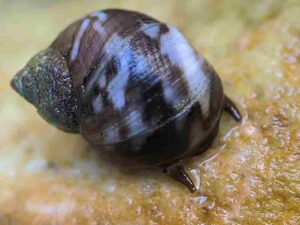
Nerite snails are another group of herbivorous gastropods that are commonly encountered in the intertidal zone. They feed on algae and other biofilm components growing on rock substrates. Nerites contribute to the overall herbivory pressure exerted on autotrophs in this ecosystem.
3). Carnivores in the Intertidal Zone (as one of the Intertidal Zone Biotic Factors)
The intertidal zone is often teeming with life, and punctuated by the presence as well as activities, of carnivores. These predatory organisms are vital in their functions, which shape the trophic hierarchy of the intertidal ecosystem. Their functions, and some common examples of intertidal carnivores are explored in this section.
Functions of Carnivores in the Intertidal Zone
Functions of carnivores in the intertidal zone are; regulation of prey populations, species interactions, and ecosystem engineering.
Through the process of predation, carnivores help to control the abundance of prey species within the intertidal zone [2]. This regulatory function prevents overgrazing by the herbivores, maintains species diversity, and ensures the continuity of primary producers like algae.
Carnivorous organisms are integral parts of the intertidal food web. They occupy various trophic levels and interact with both herbivores and omnivores. The complex interactions resulting from carnivore activities contribute to the sustainability and resilience of the ecosystem.
Some carnivores, including starfish and crabs, have a significant influence on the physical structure of the intertidal habitat. This is because of their activities such as burrowing, which displaces sediments, and can create microhabitats for other organisms.
Common Carnivores in the Intertidal Zone
Common carnivores in the intertidal zone are; sea stars, anemones, green crabs; birds and marine mammals.
Also called starfish, sew stars are iconic carnivores found in the intertidal zone. They possess tube feet which they utilize to move and capture prey [11]. Sea stars are opportunistic in their predatory behavior, and their diet comprises mostly of invertebrates like bivalve mollusks and barnacles. They are vital in controlling the populations of these prey organisms.
Various species of anemones, including glass anemones, are part of the carnivorous community of the intertidal zone. They are equipped with stinging tentacles which they use to capture and immobilize small prey, such as plankton, small fish, and macroscopic invertebrates like crabs
Green crabs are agile and voracious predators in the intertidal ecosystem [7]. They consume a variety of prey, including mollusks, small fish, and other crustaceans (including similarly-sized crabs). Their feeding habits influence the distribution of prey organisms and contribute to local nutrient cycling.

While not always present in the intertidal zone, birds like gulls, and marine mammals like seals and sea otters, are active predators when they venture into this habitat. They prey on intertidal organisms, and contribute to the top-down control of the food web.
4). Omnivores in the Intertidal Zone
The intertidal zone showcases a remarkable variety of life, among which omnivores are crucial for their role in establishing/maintaining trophic interactions. This section of the article discusses functions and significance of omnivores in the intertidal zone.
Functions of Omnivores in the Intertidal Zone
Omnivores in the intertidal zone contribute to ecologic resilience, trophic flexibility, resource utilization, and distinctive feeding patterns like scavenging.
One of the prominent attributes of omnivores is their adaptability in terms of food consumption. They have a varied diet that includes materials from both plant and animal sources. In the intertidal zone, this versatility is a valuable trait because it allows them to exploit a wide range of available resources, and survive hazardous ecologic events like resource depletion.
In the intertidal zone, omnivores help maintain ecologic balance by efficiently utilizing the available resources. They consume both primary producers (like seaweeds and phytoplankton), other consumers, and organic remains, in some cases. This versatile diet contributes to the efficiency of nutrient cycling within the ecosystem.
Several omnivores are scavengers, which means they are involved in cleaning up the intertidal habitat. These organisms feed on detritus, including partially-decomposed matter, thereby preventing the accumulation of organic waste. This scavenging function helps to maintain water quality and reduces the risk of excessive pathogen growth, which can cause largescale disease outbreaks.
Common Omnivores in the Intertidal Zone
Common omnivores in the intertidal zone are; amphipods, acorn barnacle, hermit crab, sand fleas and copepods.
Amphipods can be described as small, shrimp-like crustaceans that are prevalently present in the intertidal zone. They are opportunistic omnivores, and consume both plant material and animal matter. In regions like the Antarctic, amphipods are keystone predators [8]. These organisms play a role in breaking down detritus and recycling nutrients.
Hermit crabs are another group of crustaceans with prominent scavenging habits. They inhabit empty mollusk shells and feed on a variety of food sources, including algae, animal remains, and granular detritus. Hermit crabs are essential for cleaning up the intertidal environment.
Various other crustaceans, including sand fleas and copepods, exhibit omnivorous tendencies within the intertidal zone. These animals contribute to the nutrient cycling process, and help to regulate the abundance of primary producers and detrital resources.
5). Decomposers in the Intertidal Zone (as one of the Intertidal Zone Biotic Factors)
The intertidal zone is a relatively complex ecosystem where life flourishes, with different trophic groups contributing to the establishment of an intricate web of interactions.
One often-underappreciated group of organisms that inhabit the intertidal zone are the decomposers, which are of central importance in the recycling of organic matter and maintenance of ecosystem health.
Functions of Decomposers in the Intertidal Zone
Functions of decomposers in the intertidal zone are; organic decomposition, nutrient recycling, detoxification, and energy transfer.
The primary role of decomposers within the intertidal zone, is to break down organic matter. This includes the remains of dead plants and animals, as well as other organic materials like detritus and fecal matter. Bacteria and fungi are the primary decomposers responsible for this vital function [5].
In the process of breaking down organic matter, decomposers release essential nutrients like nitrogen, carbon and phosphorus, back into the environment. These nutrients then become available for uptake by plants and algae, thereby contributing to the foundation of the intertidal food web.
Detoxification of the environment can be attributed to decomposers, which break down complex organic compounds and convert the same into simpler, less harmful substances. This detoxification process helps to maintain water quality, and prevents the accumulation of toxins within the ecosystem.
Lastly, decomposers can also serve as an energy link between the biotic and abiotic factors of the intertidal zone. They convert organic matter into energy-rich compounds that can be utilized by other organisms, including primary producers and consumers.
Common Decomposers in the Intertidal Zone
Common decomposers in the intertidal zone are; microbes like bacteria and fungi, as well as detritivores and scavengers like marine worms and echinoderms including sea cucumber and granulated sea star (Choriaster granulatus). Detritivores and scavengers also have omnivorous or carnivorous attributes, but are included here due to their ability to consume organic waste (remains, fecal matter).

Bacteria are prolific decomposers within the intertidal zone, which are responsible for causing the break down of a broad range of organic materials, including remains of dead plants, animals, and organic detritus. These microbes have a central role to play in intertidal nutrient cycling and energy transfer.
Fungi are another group of microbial decomposers that are found within the intertidal zone. They are especially adept at breaking down complex organic compounds, such as cellulose and lignin [1], so that they contribute to the effective decomposition of plant matter.
Some marine worms, such as polychaetes, also participate in the process of decomposition. They help to break down organic material within the sedimentary substrate, thereby contributing to sediment turnover and nutrient release.
While they primarily herbivorous or carnivorous, certain echinoderms like granulated sea stars play a notable role in decomposition. They consume organic remains and contribute to the breakdown of waste matter.
*Trophic Interactions and Processes in the Intertidal Zone
The intertidal zone is a challenging habitat, where trophic interactions and processes are crucial in sustaining both living organisms and the physicochemical dynamics of the ecosystem.
Trophic interactions are generally characterized by the transfer of energy and nutrients through the various segments of the intertidal food chain/energy pyramid, including producers, consumers, and decomposers.
This section highlights some of such trophic interactions, their significance, as well as an example of mutualism in the intertidal zone.
1). Grazing and Herbivory
Grazers in the intertidal zone, such as cowry snails, limpets, and sea urchins, feed on algae and other primary producers. These herbivores are vital in regulating algal populations, preventing excessive growth, and maintaining the equilibrium of the ecosystem.
The process of herbivory is significant because it helps regulate the abundance of primary producers, which, in turn, impacts nutrient cycling and energy flow. Herbivorous feeding behaviors influence the composition of algal communities within the intertidal zone.
2). Predation
Predators in the intertidal zone include various species of crustaceans, echinoderms, mammals and birds. They prey on lower organisms such as snails and small crustaceans.
Predation helps to control intertidal herbivore populations, thereby preventing them from overgrazing on primary producers. This trophic interaction protects algal communities from extermination, and prevents habitat degradation.
3). Decomposition
Decomposers, mainly including bacteria and fungi, are critical in the management of organic waste, recycling of nutrients, and release of the same back into the ecosystem.
Decomposition can be viewed as a trophic interaction that ensures the efficient recycling of nutrients within the intertidal zone. It helps maintain water quality and prevents the accumulation of organic debris.
4). Mutualism
One of the most fascinating trophic interactions in the intertidal zone, is mutualism between algae and sea anemones.
In this relationship, the algae provide essential nutrients through photosynthetic activities, thereby supplying the sea anemones with food in the form of carbohydrates/sugars. In return for this service, sea anemones use their stinging cells (cnidocytes) to offer protection to the algae [6], and create a sheltered environment where they can thrive with minimal threat of herbivory.
Mutualism in the intertidal zone is important for the survival of all organisms involved. In the example highlighted above, algae benefit from the sea anemones' protection against herbivores, while sea anemones receive a reliable supply of nutrients. In the absence of this mutually beneficial relationship, both species would struggle to thrive in the harsh and variable intertidal environment.
Conclusion
Intertidal zone biotic factors are;
1. Producers
2. Herbivores
3. Carnivores
4. Omnivores
5. Decomposers
It can also be discussed in terms of trophic interactions like;
1). Grazing and Herbivory
2). Predation
3). Decomposition
4). Mutualism
References
1). Andlar, M.; Rezic, T.; Mardetko, N.; Kracher, D.; Ludwig, R.; Božidar - Šantek. (2018). "Lignocellulose degradation: An overview of fungi and fungal enzymes involved in lignocellulose degradation." Wiley, Engineering in Life Sciences 18(11). Available at: https://doi.org/10.1002/elsc.201800039. (Accessed 18 September 2023).
2). Campbell, E. W.; Adams, A. Y.; Converse, S. J.; Fritts, T. H.; Rodda, G. (2012). "Do predators control prey species abundance? An experimental test with brown treesnakes on Guam." Ecology 93(5):1194-203. Available at: https://doi.org/10.1890/11-1359.1. (Accessed 18 September 2023).
3). Du, J.; Hu, W.; Nagelkerken, I.; Sangsawang, L.; Loh, K.-H.; Ooi, J. L.; Liao, J.; Zheng,:X.; Qiu, S.; Chen, B. (2020). "Seagrass meadows provide multiple benefits to adjacent coral reefs through various microhabitat functions." Ecosystem Health and Sustainability 6(1):1812433. Available at: https://doi.org/10.1080/20964129.2020.1812433. (Accessed 18 September 2023).
4). Griffiths, H. M.; Ashton, L. A.; Parr, C. L.; Eggleton, P. (2021). "The impact of invertebrate decomposers on plants and soil." New Phytologist 231(6). Available at: https://doi.org/10.1111/nph.17553. (Accessed 18 September 2023).
5). Kubicek, C.; Druzhinina, I. S. (2007). "Fungal Decomposers of Plant Litter in Aquatic Ecosystems." The Mycota. Available at: https://doi.org/10.1007/978-3-540-71840-6_17. (Acessed 18 September 2023).
6). Hoepner, C. M.; Abbott, C. A.; Burke da Silva, K. (2019). "The Ecological Importance of Toxicity: Sea Anemones Maintain Toxic Defence When Bleached." Toxins (Basel). 2019 May 11;11(5):266. Available at: https://doi.org/10.3390/toxins11050266. (Accessed 18 September 2023).
7). Leignel, V.; Stillman, J.; Baringou, S.; Thabet, R.; Metais, I. (2014). "Overview on the European green crab Carcinus spp. (Portunidae, Decapoda), one of the most famous marine invaders and ecotoxicological models." Environmental Science and Pollution Research 21(15). Available at: https://doi.org/10.1007/s11356-014-2979-4. (Accessed 18 September 2023).
8). Núñez-Pons, L.; Rodriguez-Arias, M.; Garreta, A. G.; Ribera-Diguan, A.; Avila, C. (2012). "Feeding deterrency in Antarctic marine organisms: Bioassays with the omnivore amphipod Cheirimedon femoratus." Marine Ecology Progress Series 462:163-174. Available at: https://doi.org/10.3354/meps09840. (Accessed 18 September 2023).
9). Robinson, E. M.; Dmee, D. L.; Trussell, G. C. (2011). "Green Crab (Carcinus maenas) Foraging Efficiency Reduced by Fast Flows." PLoS ONE 6(6):e21025. Available at: https://doi.org/10.1371/journal.pone.0021025. (Accessed 18 September 2023).
10). Rodgers, K.; Rees, T.; Shears, Nt. (2015). "A novel system for measuring in situ rates of photosynthesis and respiration of kelp." Marine Ecology Progress Series 528. Available at: https://doi.org/10.3354/meps11273. (Accessed 18 September 2023).
11). Thompson, M.; Drolet, D.; Himmelman, J. H. (2005). "Localization of infaunal prey by the sea star Leptasterias polaris." Marine Biology 146(5):887-894. Available at: https://doi.org/10.1007/s00227-004-1497-1. (Accessed 18 September 2023).
12). Yamada, S. B. (1992). "Niche relationships in Northeastern Pacific Littorines." Proceedings of the Third International Symposium on Littorinid BiologyPublisher: The Malacological Society of London. Available at: https://www.researchgate.net/publication/255981035_Niche_relationships_in_Northeastern_Pacific_Littorines. (Accessed 18 September 2023).


